I'm building a combined linear regulator/electronic load. When the output is lower than the supply Q3 acts as a linear regulator and when the load tries to pump power back the other way, Q6 acts like an electronic load. It's basically the output stage of an opamp. I'd like to keep using only Nch mosfets for both Q3 & Q6 rather than the Pch/Nch combinations I see almost everywhere else. The MOSFETs are more or less rigged up in a class-B amplifier arrangement.
The current arrangement works but I'd like to know if there's a better way to take the output from the opamp and drive the fets. Currently I need a large output swing from the opamp to drive Q3, but only a tiny swing to drive Q6 (due to Q7), I'd like to make the drive electronics more symmetrical. (there is an isolated 15V bias supply to drive Q3, along with +15V and +/-5V for the opamps if that helps). Ideally something that doesn't rely on Q7's emitter resistor to ensure that both Mosfets don't come on at the same time (a small positive voltage from the opamp turns off Q3 - via Q7 - before Q6 comes on, well, in theory anyway).
This is for a power supply, I'm using all Nch fets as I haven't found any Pch fets that would be a good match in terms of price and power handling, the A&O AOT430 fets I'm using can handle the full supply voltage and supply current indefinitely (not many affordable mosfets have an SOA at DC of >200W, so it won't explode if someone shorts the output at full voltage). I did once see a full blown amplifier built only from Nch fets, but it was quite a bit more complex than I was hoping for (lots of compensation networks and such).

simulate this circuit – Schematic created using CircuitLab
This is a simulation result showing the output from the opamp vs the output load voltage, the opamp's output is a bit asymmetric, I'd like to fix that, but I can't think of any simple way to do it.

